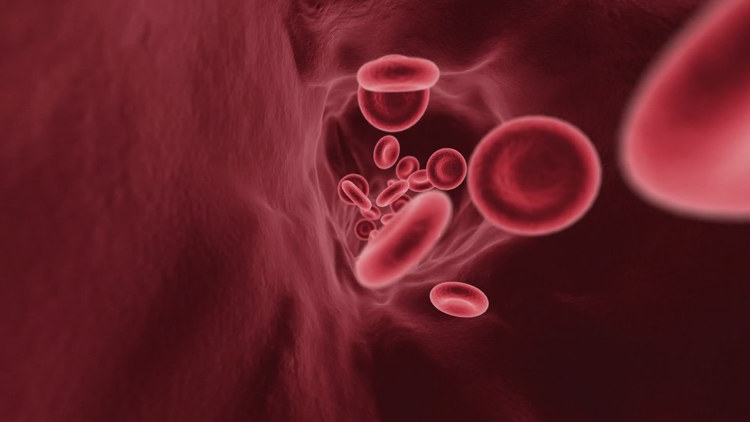
Get to Know Parvovirus B19: The Human Version of the Disease
While it may not be the same as the parvovirus that affects dogs, parvovirus B19 is a serious concern for humans. This virus often presents with symptoms such as fever, fatigue, and rashes, and chances are, you may have already been exposed to it at some point in your life.
The Centers for Disease Control and Prevention recently issued a warning about increased activity of parvovirus B19 in the U.S. This seasonal respiratory virus is transmitted through respiratory droplets and can cause your body to stop producing red blood cells.
It is estimated that around 50% of adults and 85% of elderly individuals have had an infection with parvovirus B19 in their lifetime. While there is no routine surveillance for this disease, it poses a particular risk to certain groups, including pregnant individuals, those with sickle cell disease, and those with compromised immune systems.
Symptoms typically appear about seven days after infection, with the first phase characterized by fever and fatigue. The virus is most contagious during this phase, which lasts around five days. The second phase often involves a distinctive red rash on the face, known as a “slapped cheek rash,” followed by a rash on other parts of the body and joint pain.
While the rash can last up to 10 days, most people recover completely from the virus. However, recent reports have shown an increase in severe fetal anemia and pregnancy loss in pregnant women, as well as cases of aplastic anemia in individuals with sickle cell disease.
As children head back to school, it’s important for parents to be aware of the risks associated with parvovirus B19, especially considering its potential impact on vulnerable populations. Stay informed, stay vigilant, and take necessary precautions to protect yourself and those around you.

